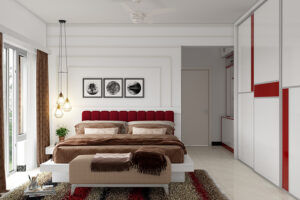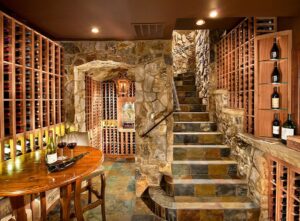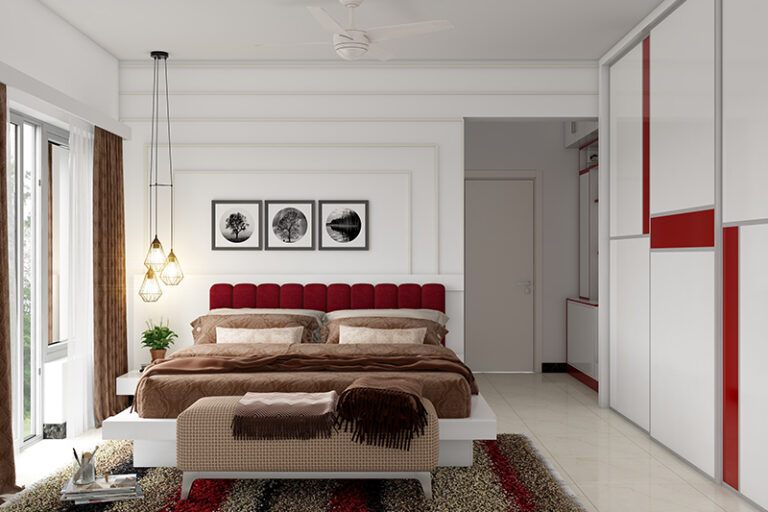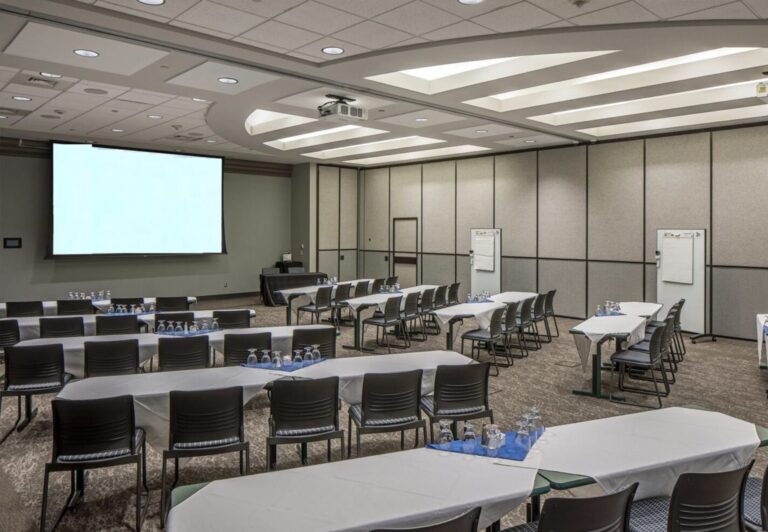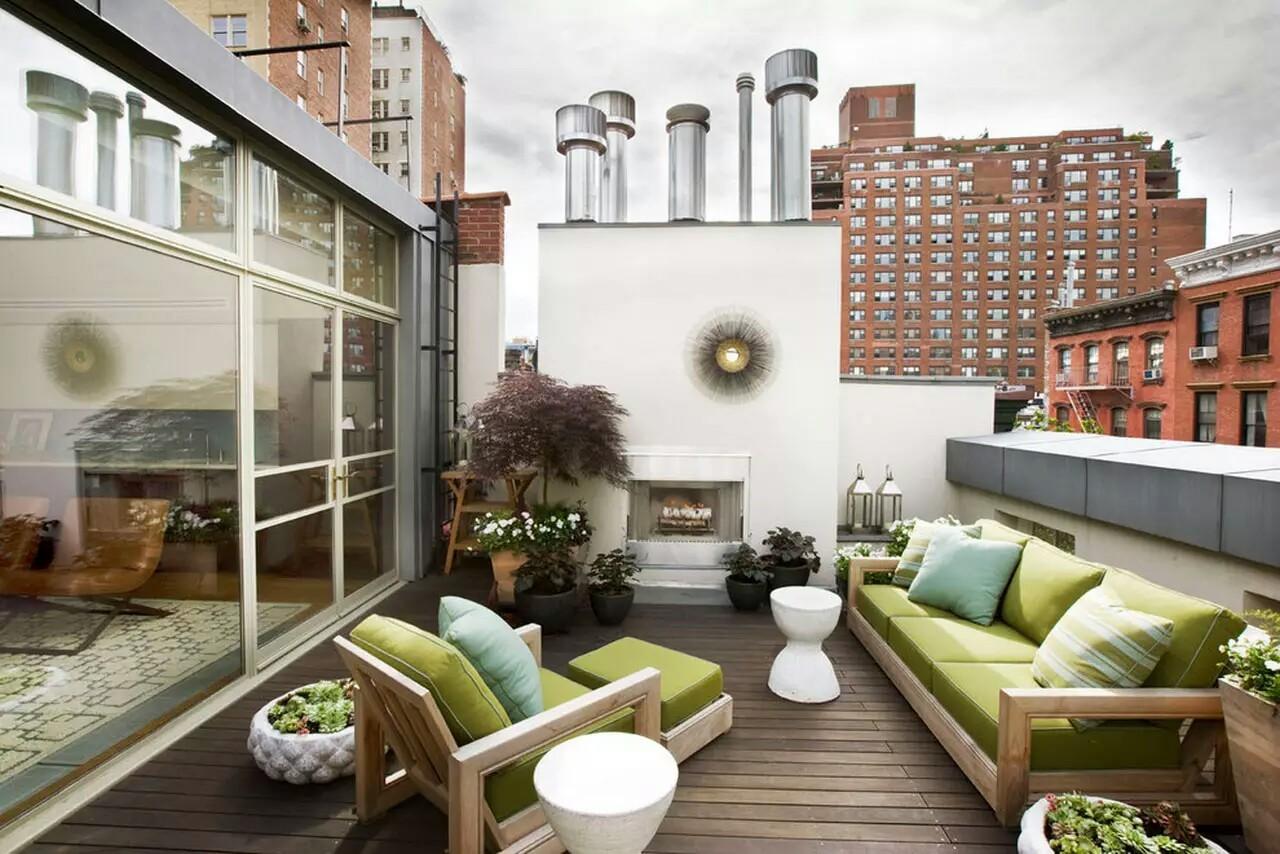
With the arrival of spring, terraces, gardens, and balconies become the most coveted room in a home. No matter the size, with the tricks of dimension, specialists in architecture and interior design, you will have a real chill out at home that will make you the king of the metropolis. Very attentive to these 6 keys because, yes, the outdoors also understand trends and fashions.
1. Basics
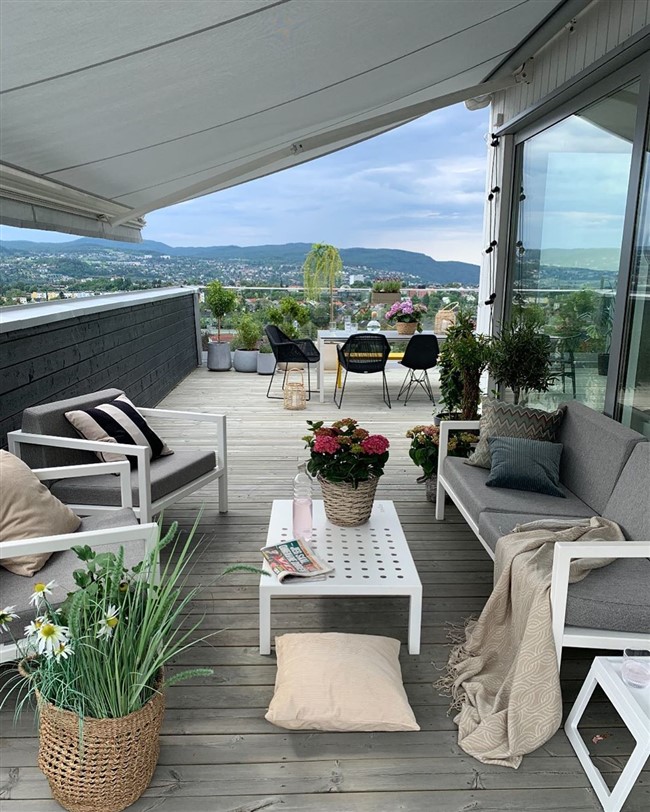
Plan the space you have and look for furniture according to its size. Depending on the type and use made of the terrace, certain elements must be selected with priority. For example, if what we want is a living room, the first thing to do is choose an outdoor sofa, then a table, armchairs, and, finally, decorative elements. On the other hand, if we want an outdoor dining room, we will first choose a table of the appropriate material, chairs, and more decoration accessories. The objective is to know how to make the most of it to take advantage of the space to the max. You can create the furniture by recycling materials to reduce the decoration budget, such as seats, tables, and benches from sections of tree trunks or recycling wooden fruit boxes.
2. Color Schemes
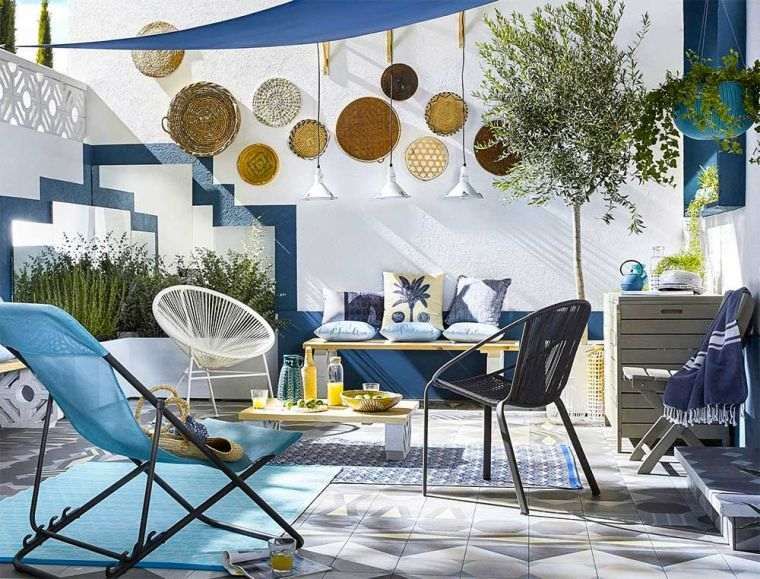
The ideal way to get the most out of your terrace is to decorate it in 3 colors, and that one of them predominates over the others. In this way, the largest elements should be in neutral tones such as white, beige, gray, or black and choose accessories in more striking colors or with prints.
3. Materials
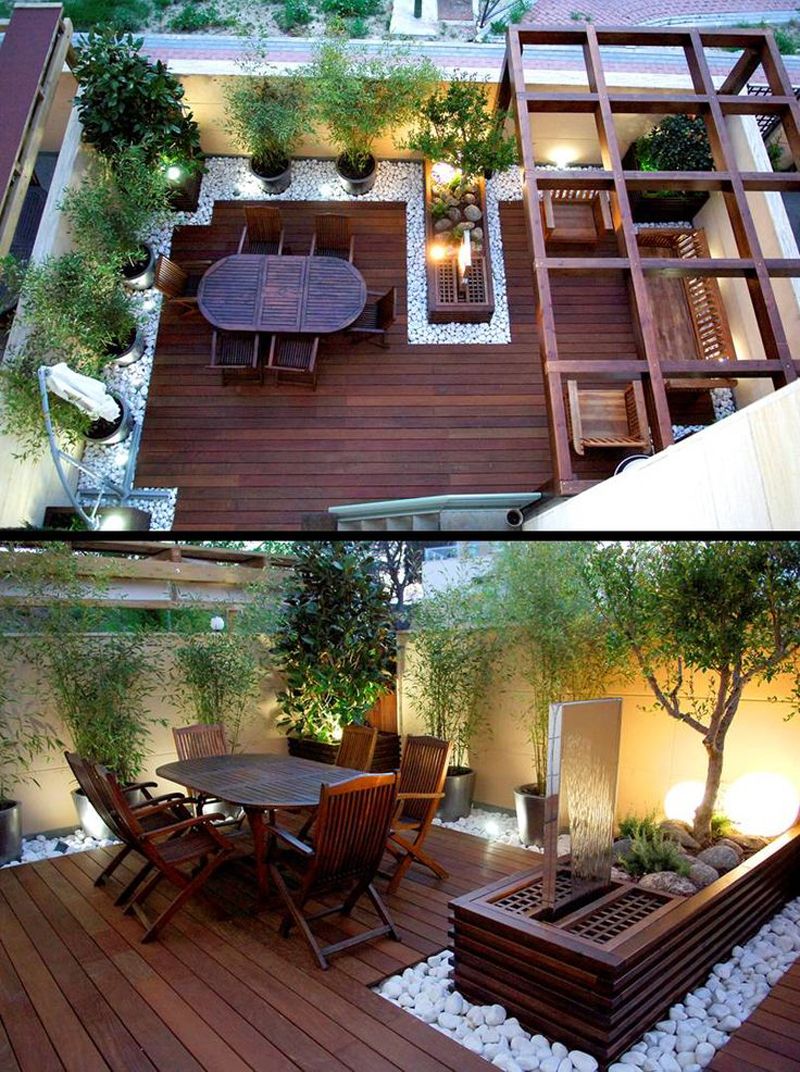
We must choose the right materials for flooring and furniture. It must be taken into account that they will be exposed to the elements day and night, so the materials used must be resistant to weather conditions. If we do not choose well, they can fade or rot quickly. For outdoor tables, chairs, or armchairs, the ideal is to choose materials such as wood, metal, glass, or marble, giving an elegant and versatile touch to space, and fabrics such as rattan are also a trend for this 2021. Textiles are also an important element to consider. The cushions and puffs are essential in any terrace worth it’s salt. Choose resistant fabrics that hold up well outside and that do not fade in the sun. Rugs made of natural materials such as raffia are ideal for walking barefoot and giving warmth to the environment. Bamboo is widely used to create shade and concealment, and it is a very exotic and very resistant option. Craftsmanship is in fashion, recycling, and DIY is a growing trend that allows giving a second chance to materials that seemed useless. This is the case of pallets, for example, converted into beds, tables, furniture, or planters.
4. Lighting
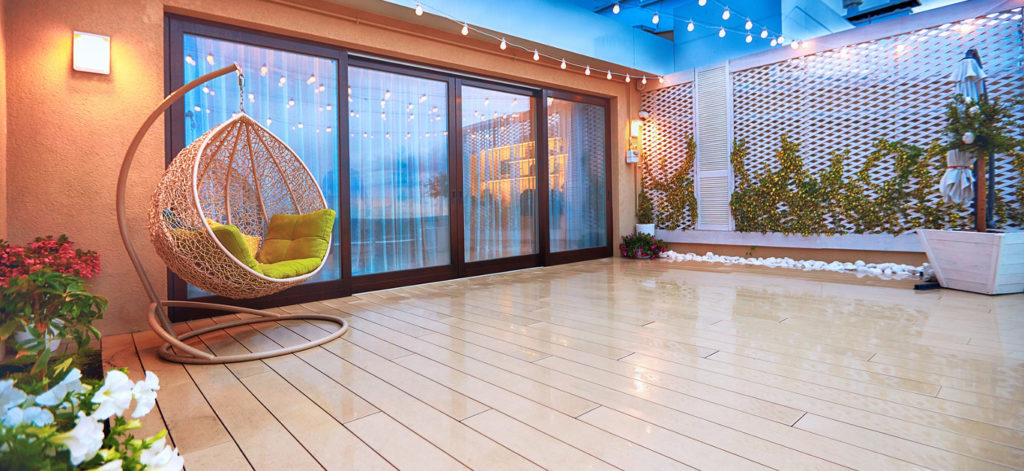
The outdoor lighting and indoor play a key role in the decoration. The context must be taken into account and create environments that are welcoming, seeking balance. An excess of light will be annoying and will end the night magic, and too dim light can be uncomfortable. There must be a table or standing lighting point on the terrace if you want to warm the terrace at night. Candles of different sizes are also an option, or even garlands or LEDs. Also, you can warm the space with items such as baskets or jute rugs.
5. Plants.
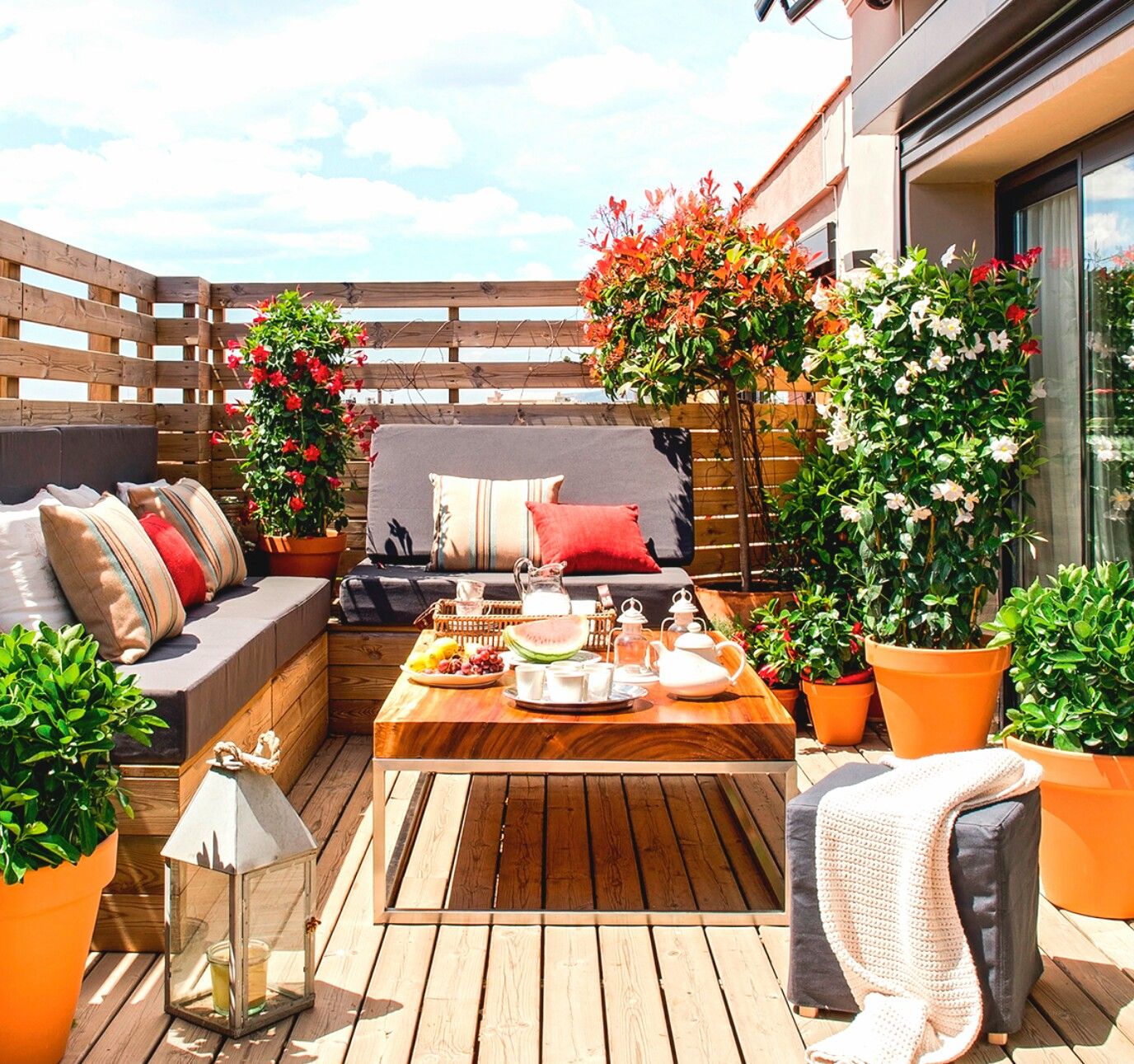
Whether large or small, if you want to decorate your terrace, you will need plants. They are essential to get the final touch and complement the decoration of the outdoor space. You can combine the colors, sizes, and types of plants. In addition, you can play with their arrangement, create a vertical garden using a shelf and fill the entire wall with green, design a corner with different types of flowerpots to achieve a more dynamic effect. If you have a large space, you can locate trees such as olive, orange, or lemon trees. Climbing plants are plants that serve to thicken the shade and refresh the environment
. Bougainvilleas and jasmine are very decorative options. The first, for the spectacular flowering; the second, for its intense and pleasant aroma.
6. Decorative Elements
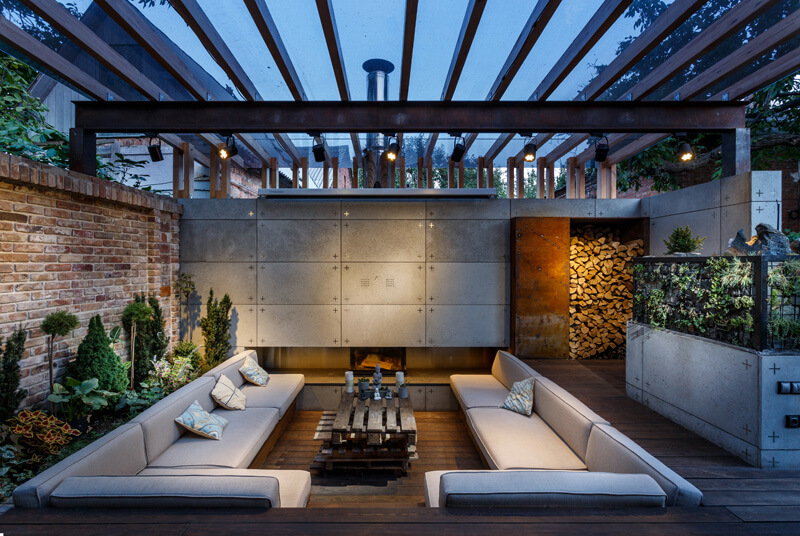
We must be careful with decorative elements such as vases, sculptures, or large pots. They are a great focus of visual attention, so if we want to introduce them, they must be few and very well chosen. If there is no space, it is best to do without them or use the wall; You can place a shelf or shelf to place pots or lanterns.
